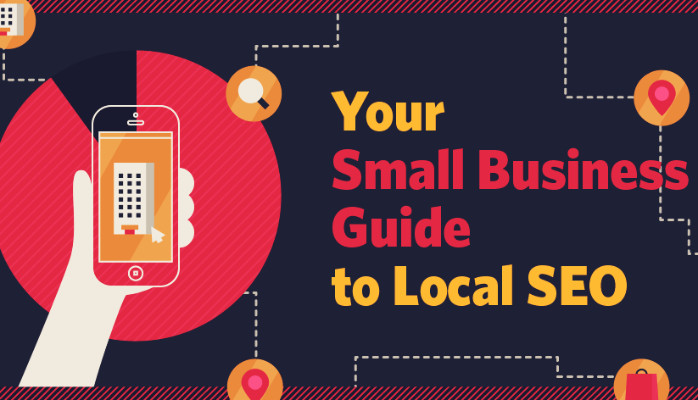Optimizing your product pages for SEO is essential for boosting organic traffic, enhancing user experience, and ultimately driving conversions.
An effective product page is one that ranks well in search engines, attracts relevant traffic, and converts visitors into customers.
Below is a comprehensive guide on how to optimize product pages for SEO, with step-by-step strategies and best practices.
1. Conduct Thorough Keyword Research
Before optimizing any page, you need to understand what your target audience is searching for. Keyword research is the foundation of SEO, and for product pages, it’s crucial to find a balance between product-related keywords and intent-driven search terms.
Actionable Tips:
- Use tools like SEMrush, Ahrefs, or Google Keyword Planner to identify primary keywords, long-tail keywords, and related search queries.
- Focus on buyer intent keywords (e.g., “buy,” “best price for,” or “review”) rather than just informational queries.
- Incorporate LSI (Latent Semantic Indexing) keywords to ensure your page covers relevant subtopics.
Example:
For a page selling “running shoes,” you could target:
- Primary keyword: “buy running shoes online”
- Long-tail keywords: “best running shoes for flat feet,” “affordable running shoes”
- Related terms: “athletic shoes,” “sports footwear”
2. Optimize the Product Title and Meta Tags
The product title and meta description are essential elements that directly influence click-through rates (CTR) and rankings. They should be optimized with the right keywords and be enticing to users.
Title Tag Optimization:
- Ensure the primary keyword appears at the beginning of the title.
- Keep the title under 60 characters for best visibility in search engine results pages (SERPs).
- Make it descriptive yet concise, emphasizing the product’s unique selling point (USP).
Meta Description Optimization:
- Aim for a compelling description of 155-160 characters.
- Use secondary keywords naturally.
- Include a call-to-action (CTA) to improve CTR (e.g., “Shop Now,” “Free Shipping”).
Example:
- Title: Buy Running Shoes Online | Lightweight & Comfortable for Every Runner
- Meta Description: Discover top-rated running shoes with free shipping. Perfect for long-distance runners, flat feet, or everyday workouts. Shop now!
3. Create Unique and Detailed Product Descriptions
Many eCommerce sites make the mistake of using the manufacturer’s description or generic content across multiple pages. Google rewards unique, informative, and well-written content.
Best Practices for Product Descriptions:
- Avoid duplicate content. Write original descriptions for each product.
- Include primary and secondary keywords naturally within the first 100 words.
- Highlight the product’s features, benefits, and USP.
- Focus on use cases, how the product solves a problem, or how it enhances the user’s life.
- Break up long text with bullet points, headers, or short paragraphs for easier readability.
Example:
Instead of a generic description like: “These running shoes are comfortable and lightweight.” Write: “Experience unmatched comfort with our lightweight running shoes, designed for long-distance performance and everyday wear. With breathable mesh material and superior cushioning, they provide excellent support for runners with flat feet.”
4. Optimize Product Images
High-quality images are critical for product pages, but they must be optimized to avoid slowing down your site or missing out on search engine visibility.
Steps for Image Optimization:
- Compress images to reduce file size without compromising quality (use tools like TinyPNG or JPEG-Optimizer).
- Use descriptive file names (e.g., “men-blue-running-shoes.jpg” instead of “IMG123.jpg”).
- Include alt text with relevant keywords, describing the image accurately for SEO and accessibility.
- Consider using structured data markup for product images.
5. Add Customer Reviews
Customer reviews can increase user trust, enhance SEO, and improve conversion rates. They also provide fresh, user-generated content, which search engines love.
Why Reviews Matter for SEO:
- Reviews naturally introduce long-tail keywords and related terms to your product page.
- They act as a form of social proof, influencing buyer decisions and CTR.
- Fresh reviews show content updates, which can help rankings over time.
6. Implement Structured Data Markup
Adding structured data (schema markup) helps search engines understand your product page content more accurately. It can also enable rich snippets in search results, such as star ratings, product prices, and availability.
Common Schema Types for Product Pages:
- Product schema: Provides details like name, brand, price, and availability.
- Review schema: Adds review information to the SERPs, like star ratings.
- Offer schema: Displays discounts, offers, and availability.
You can use Google’s Structured Data Markup Helper to add schema markup to your product pages.
7. Optimize URLs
Your URLs should be clear, short, and descriptive. A well-structured URL can make a difference in both usability and SEO.
URL Best Practices:
- Include your primary keyword in the URL.
- Avoid using unnecessary characters or numbers.
- Keep it short and readable (e.g., /running-shoes-mens-blue).
8. Improve Page Load Speed
Page speed is a ranking factor, and slow pages can frustrate users, leading to higher bounce rates and lower conversions.
Steps to Enhance Page Speed:
- Compress product images and other media.
- Minimize HTTP requests and use lazy loading for images.
- Use a content delivery network (CDN) to reduce server response time.
- Optimize JavaScript, CSS, and HTML files.
- Ensure your site is hosted on a reliable and fast server.
9. Internal Linking for Context and Authority
Internal linking helps distribute page authority across your website and assists search engines in understanding your site’s structure. It also encourages users to browse other products.
Internal Linking Tips:
- Link to related products or categories on your site.
- Use descriptive anchor text with relevant keywords.
- Add related products or frequently bought together sections.
10. Mobile Optimization
With mobile commerce on the rise, optimizing your product pages for mobile devices is crucial.
Mobile SEO Tips:
- Ensure responsive design so your pages look good on all devices.
- Optimize for mobile page speed by compressing images and minimizing code.
- Ensure that buttons, text, and product images are easy to click and read on mobile devices.
11. Monitor and Analyze Performance
To continuously improve your product pages, monitor their performance using tools like Google Analytics and Google Search Console.
Key Metrics to Track:
- Organic traffic to your product pages.
- Bounce rate and time on page.
- Conversion rate and cart abandonment rate.
- CTR from organic search results.
- Ranking positions for target keywords.
Conclusion
By following these best practices, you’ll create product pages that not only rank well in search engines but also offer an exceptional user experience that drives conversions.
SEO for product pages is a continual process, so remember to monitor your pages’ performance and adjust your strategies as needed.
By ensuring your content is optimized and aligned with search intent, you can maintain a competitive edge in the eCommerce space.




